
Visit and attractions of the Wawel Hill in Krakow
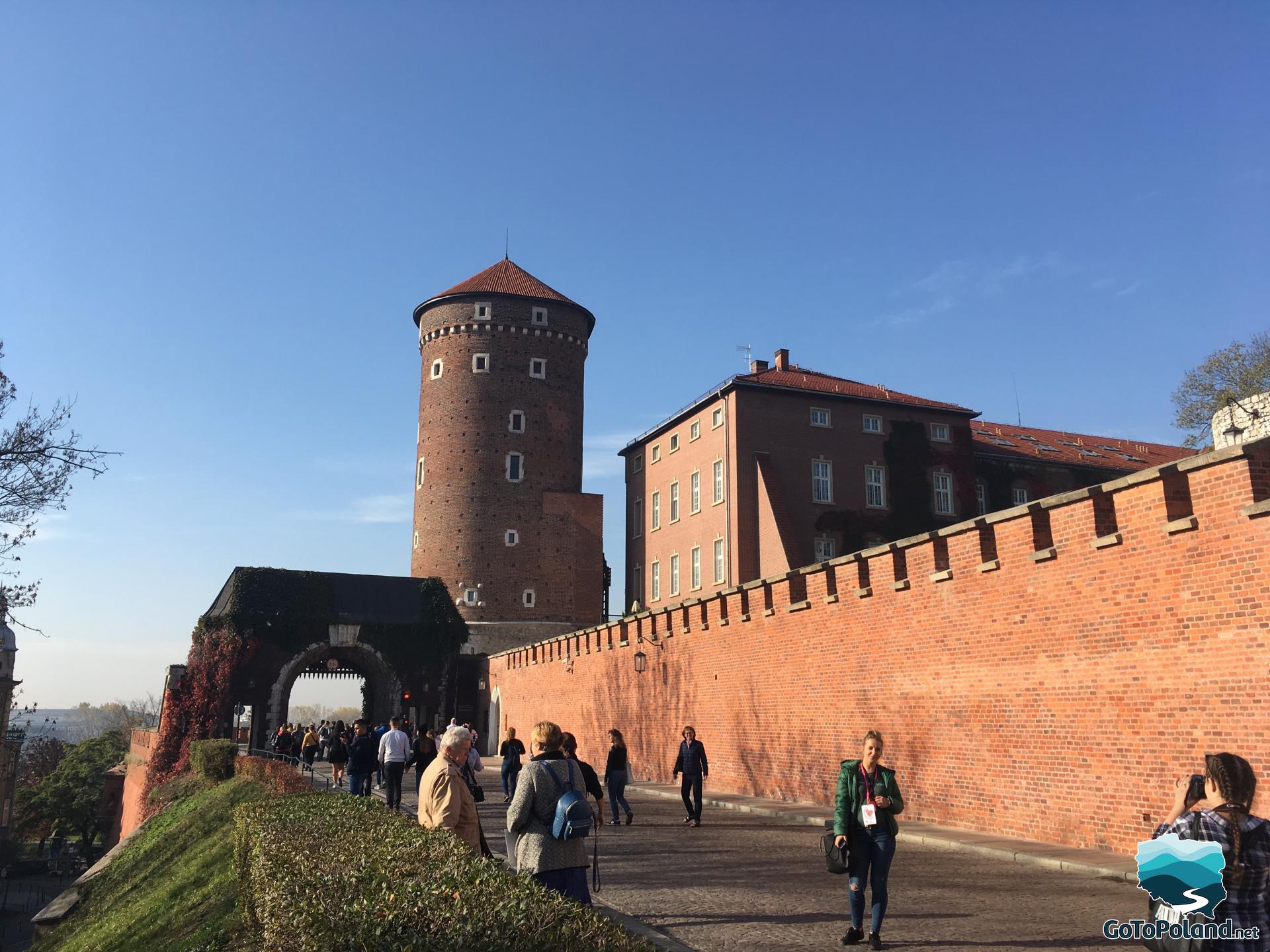
The Wawel Hill is beautifully situated. It rises to a height of about 228 meters. On the hill, you can admire two historic building complexes: the Royal Castle and the Archcathedral Basilica of Saint Stanislaus and Saint Wacław. In 1978, Wawel with the Main Square, Kazimierz and Stradom was inscribed on the UNESCO World Heritage List, and in 1994 it was declared a historical monument.
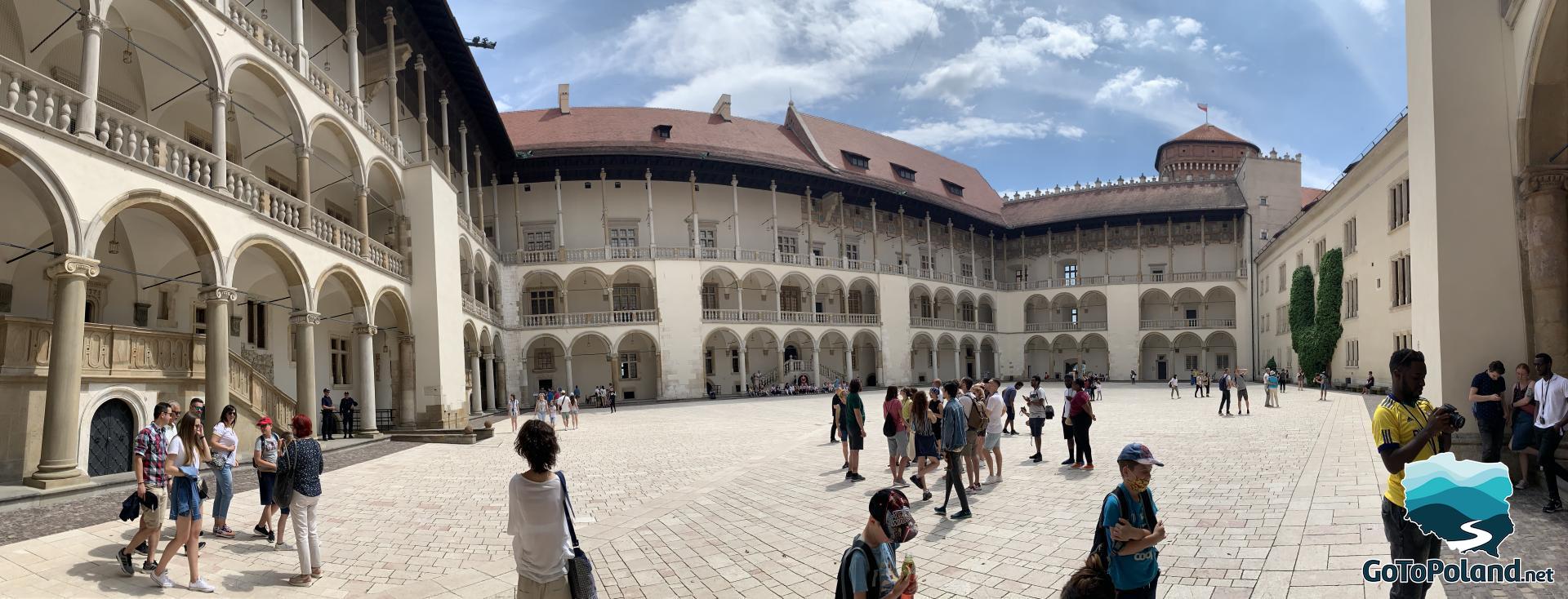
I have been to the Wawel Hill twice and I have to admit that this part of Krakow is really splendid. There was always a thought in my head that this place was the seat of Polish kings. Already in the times of Mieszko I (ca. 962-992) Wawel became one of his official residences. The golden age of Wawel was under the rule of kings Sigismund the Old and Sigismund II August. In the second half of the 20th century, Wawel was restored and began to open most of its chambers and buildings to the public. Tourists are attracted by, among others, rich interiors, collections of paintings, graphics, sculptures, ceramics and military collections, as well as impressive fortifications that are a true showcase of Krakow. Visit Krakow with me.
More information about the Wawel Royal Castle you can find on Wikipedia
What to see on The Wawel Hill?
Within the hill there are two independent institutions: the Wawel Royal Castle and the Cathedral. But I highly recommend seeing also Dragon's Den especially when you want to go with kids - it is an unforgettable experience to walk underground through an 82 - meter pit.
What do tapestries, Wawel, Sigismund August and Tykocin have in common?
For several months, the castle in Tykocin was the necropolis of the passed king Sigismund August, whose body was mummified. The famous Wawel tapestries temporarily decorated and, above all, warmed the castle in Tykocin. They were taken to the king's funeral in Krakow in 1573.
What day is free at the Wawel Royal Castle in Krakow?
Mondays are free. Admission is from 9:30-13:00. You have to take your pass from the ticket office.
The Wawel Royal Castle opening hours and routes.
There are several different routes. The best way is to check the official website the Wawel Krakow and then decide what you want to visit.
Monday is free 9:30 - 13:00, Tuesday 9:30-14:00, Wednesday - Sunday 9:30-17:00
Representative Royal Chambers
last entry 13:00 (Tuesday) / 16:00 (Wednesday-Sunday)
Royal Private Apartments
last entry 13:00 (Tuesday) / 16:00 (Wednesday-Sunday)
Crown Treasury
last entry 13:00 (Tuesday) / 16:00 (Wednesday-Sunday)
The Armory
last entry 13:30 (Tuesday) / 16:30 (Wednesday-Sunday)
The Lost Wawel
Wednesday-Sunday; entrances take place according to an individual hourly schedule
Expression. Lviv rococo sculpture
March 31 – October 22
last entry 13:30 (Tuesday) / 16:30 (Wednesday-Sunday)
There are also days when the Wawel Royal Castle is closed. I recommend checking these days on the official website.
Are there some seasonal routes at the Wawel Royal Castle?
Yes, there are several seasonal routes.
Dragon's Pit from 22 IV
daily 10:30–18:00, last entry 17:40
Sandomierz Tower from 22 IV
Saturday, Sunday, Monday 10:30–18:00, last entry 17:30
Royal Gardens from 27 IV
daily 10:30-18:00, last entry 17:40
Church of St. Gereon from 29 IV
Wednesday–Sunday, 9:30–17:00, last entrance 16:40
First Floor Galleries from 29 IV
Tuesday–Sunday 9:30–17:00, last entry 16:40
Can the Wawel Royal Castle be visited with an audio guide?
Currently, the audioguide is available at the following exhibitions: Crown Treasury, Private Royal Apartments, Representative Royal Chambers - in Polish, English and Ukrainian (further routes and languages are in preparation).
How long does it take to visit the Wawel Royal Castle?
The visiting time depends on how many exhibitions the visitor chooses. For example:
Representative Royal Chambers - approx. 60 minutes
Royal Private Apartments - approx. 60 minutes
Crown Treasury - approx. 60 minutes
The Armory - approx. 30 minutes
The Lost Wawel - approx. 30 minutes
Dragon's Den - about 10 minutes
Royal Gardens - 30 minutes
First Floor Galleries - 15 minutes
Who is buried in the Wawel Cathedral?
There are graves, among others, Władysław Jagiełło, Zygmunt I Stary, Zygmunt II August, Anna Jagiellonka, Adam Mickiewicz, Tadeusz Kościuszko, Józef Piłsudski, Kazimierz Wielki, Jan III Sobieski, Lech Kaczyński with his wife, Juliusz Słowacki.
The Wawel Cathedral opening hours
Admission to the Wawel Cathedral, Sigismund's Bell, the Royal Tombs, the Cathedral Museum and the Archdiocesan Museum.
- Cathedral - Monday - Saturday 9:00-17:00, Sunday 12:30-17:00 (April-October), Monday - Saturday 9:00-16:00, Sunday 12:30-16:00 (November-March).
- Cathedral Museum - Monday - Saturday 9:00-17:00, Sunday Closed (April-October), Monday - Saturday 9:00-16:00, Sunday Closed (November-March).
- The Archdiocesan Museum - Tuesday - Sunday 10:00 - 17:00. The Museum is closed on Mondays.
- There are several days when the Cathedral is closed for visitors - check it on the official website.
When does the Sigismund Bell ring?
On the official website of the Cathedral there are days when the bell rings, for example: Palm Sunday 02.04.2023 at 9:45 and Corpus Christi procession 08.06.2023 at 8:45.
I invite you to see my photos :)

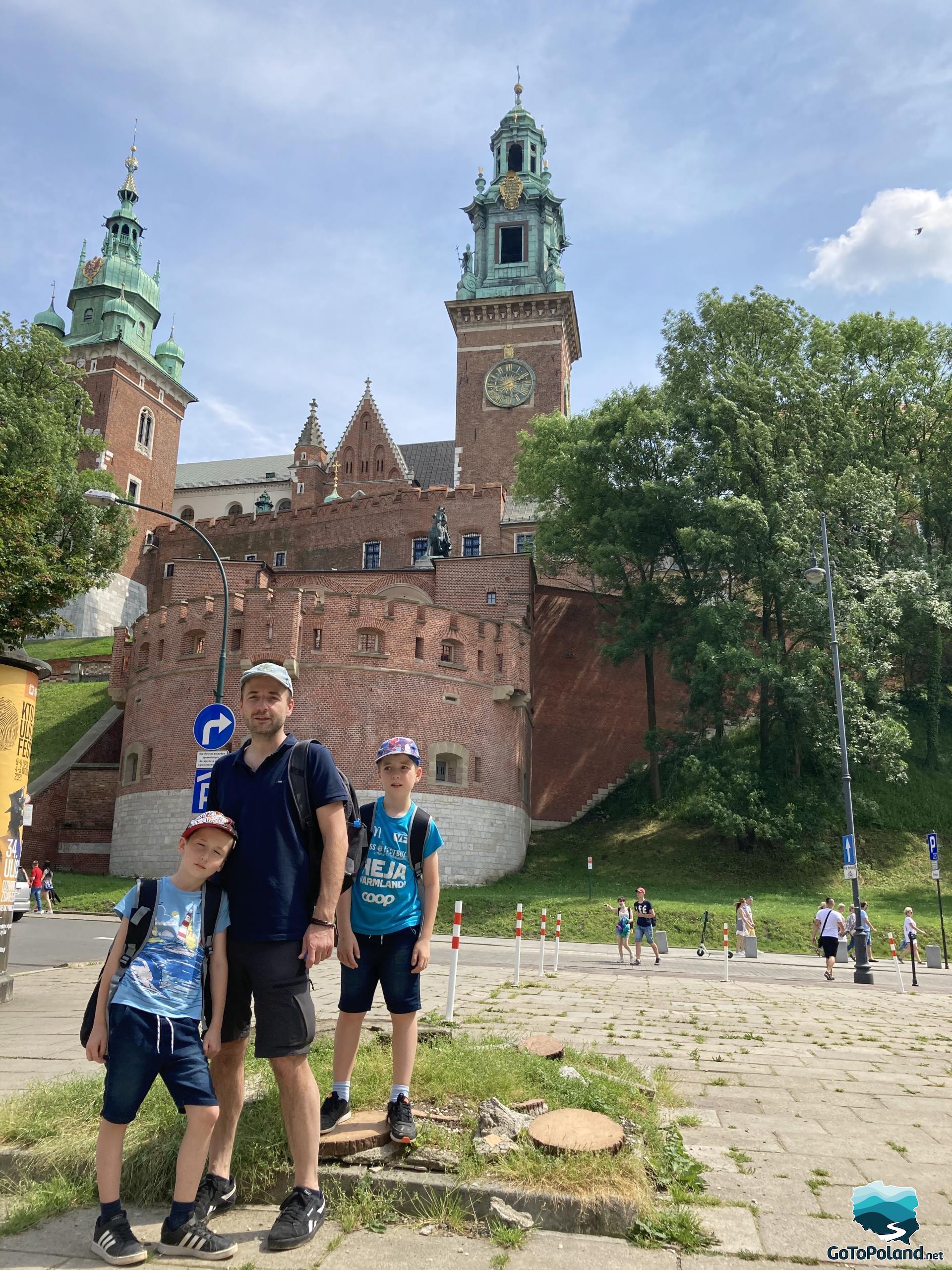
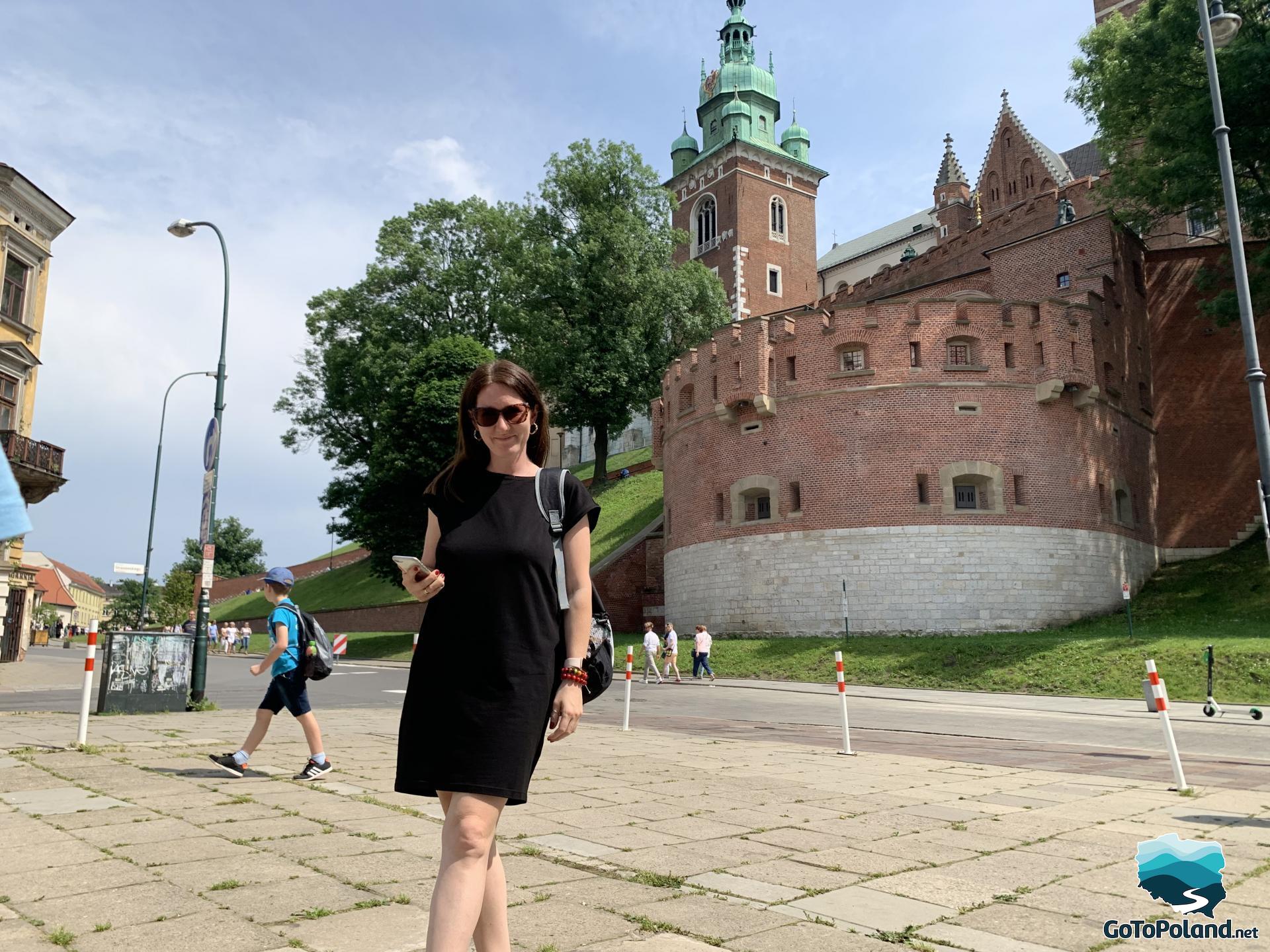
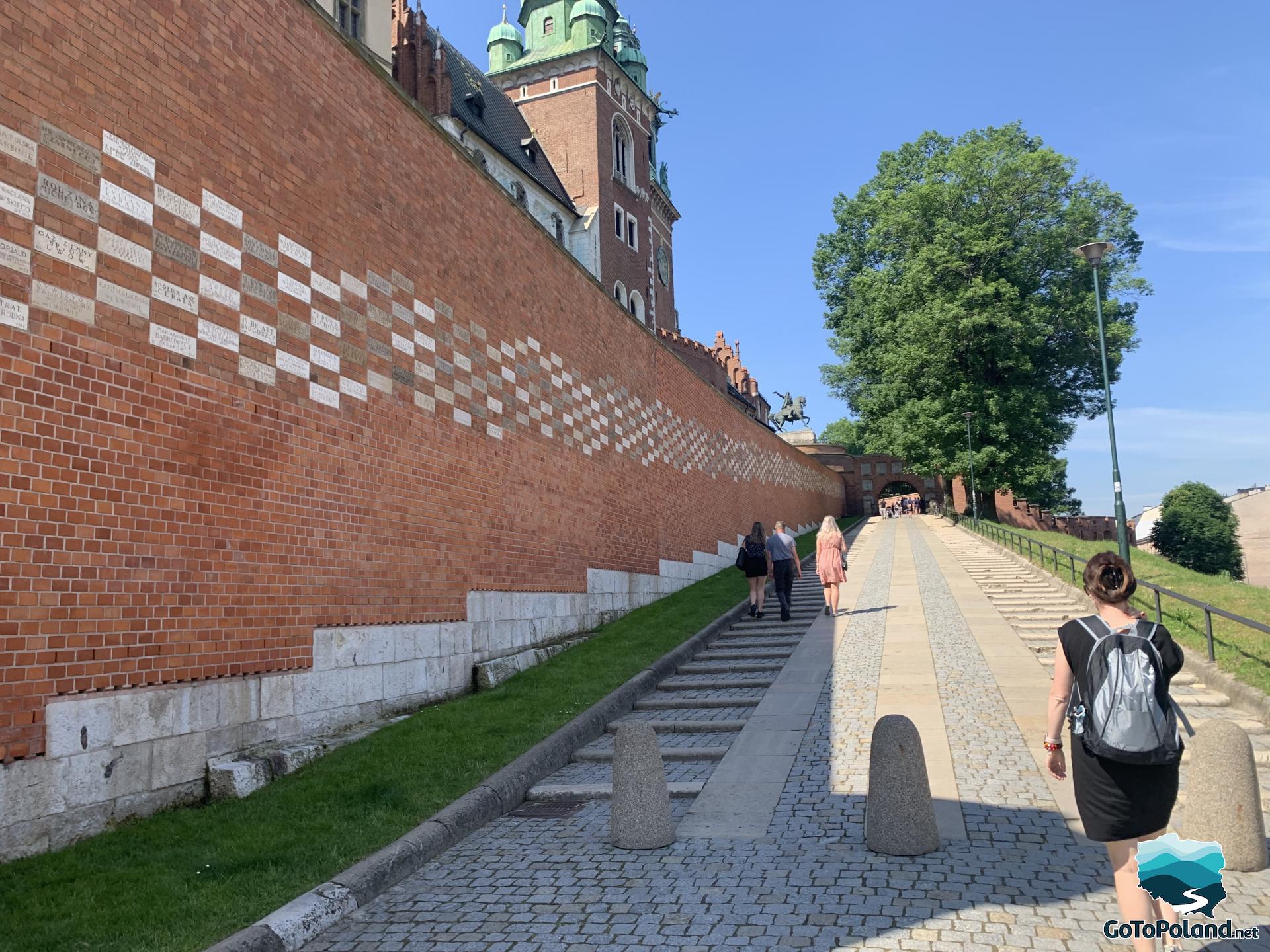
The tapestries (over 350 pieces) were brought to Poland by Zygmunt August from Antwerp (Flanders), from the city of Arras. The tapestries were made according to the designs of Dutch artists and to this day the tapestries represent the highest artistic level; they are woven from wool, silk, silver and gold threads. The tapestries were not ordered accidentally. King Zygmunt August precisely specified the order, both in terms of the subject of the tapestries and the dimensions of the ordered fabrics. The tapestries have biblical, landscape and animal scenes as well as grotesque and heraldic motifs. Some of them are quite large, there are even 5x9 m tapestries.
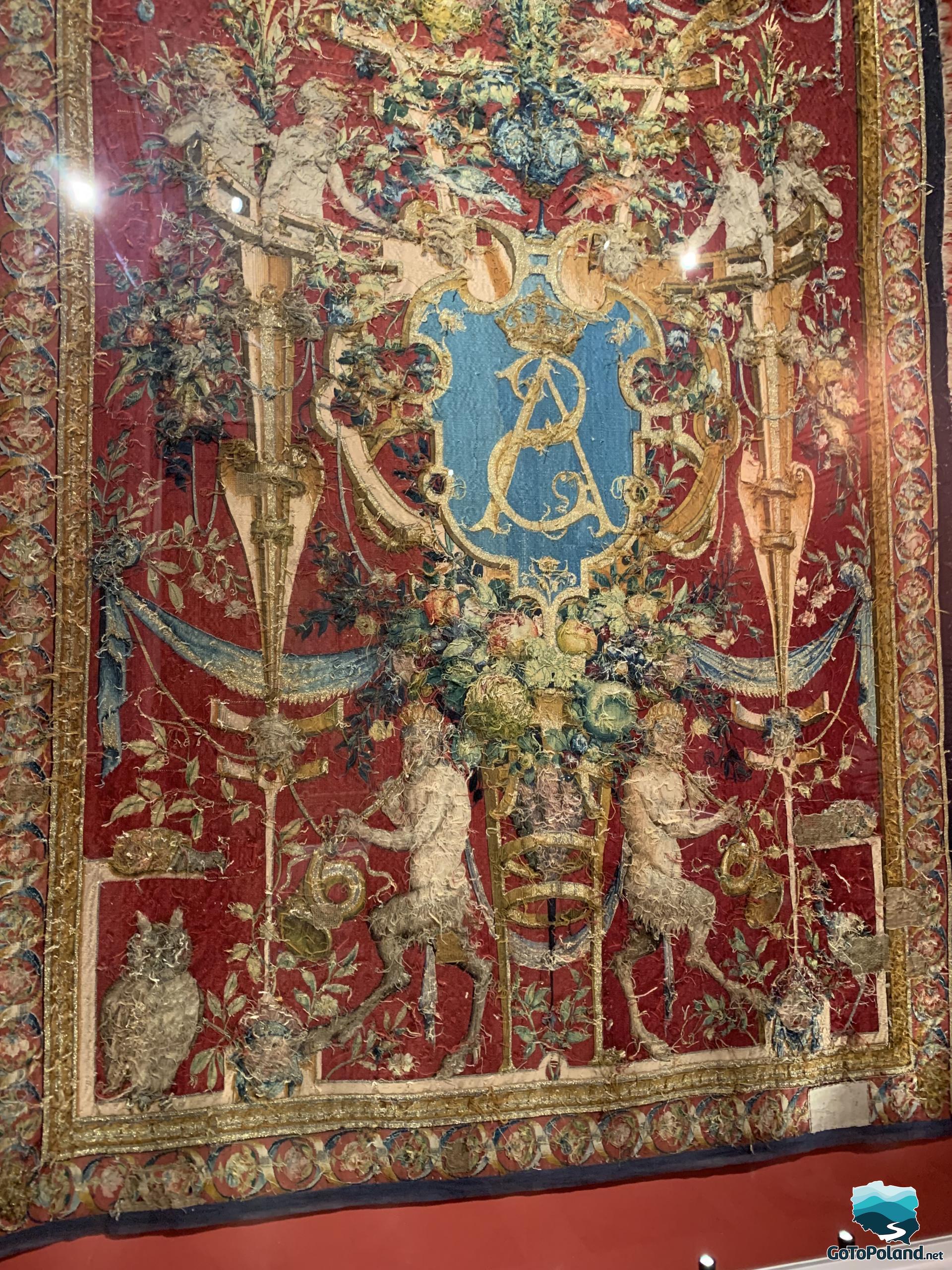 | 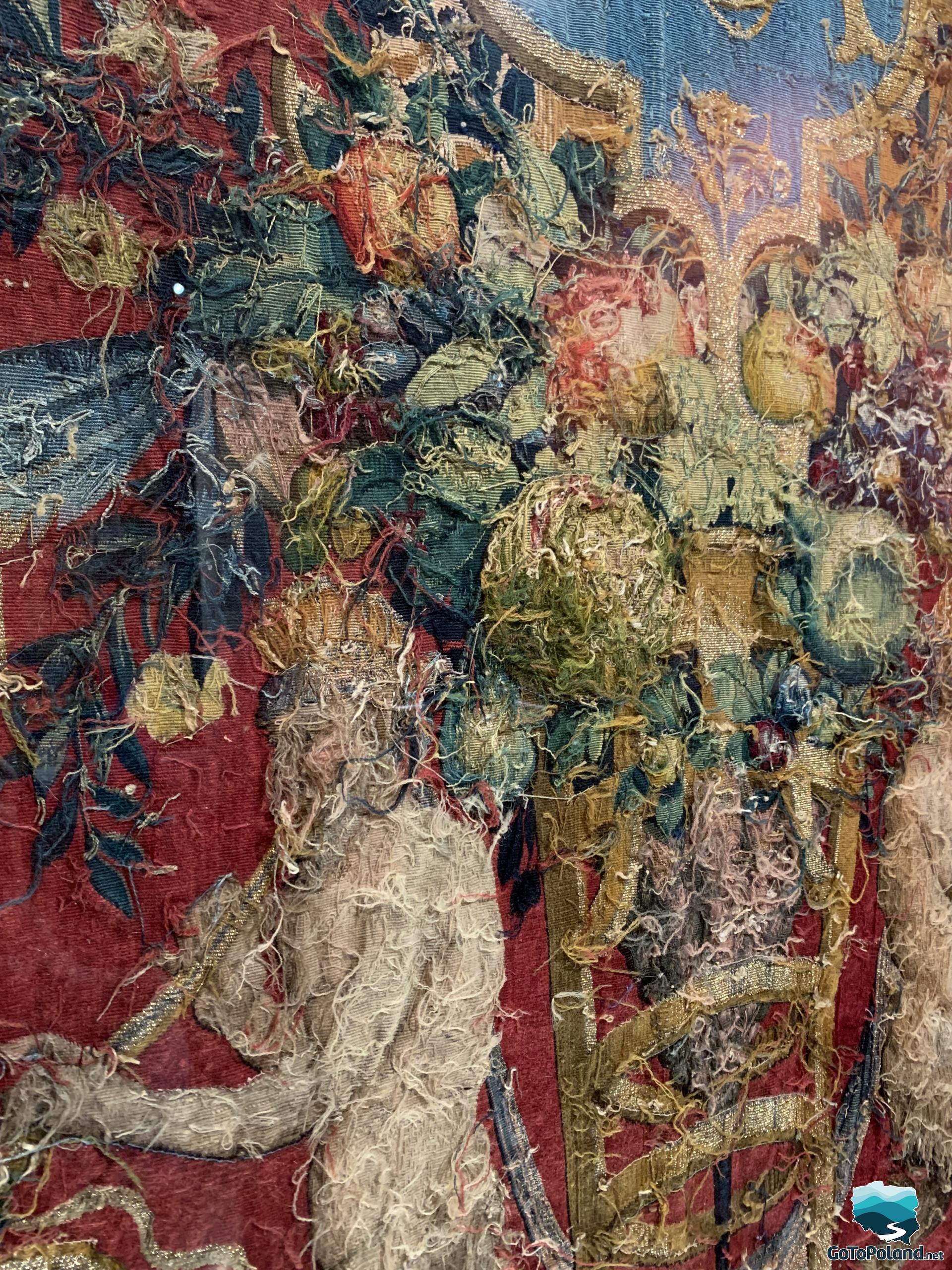 |
After the last partition of Poland, in 1795, the tapestries were taken to Russia, to St. Petersburg, from where they were returned by the Soviet government, but only after the First World War in 1921.
However, they did not hang in the Wawel chambers for long. World War II and the fear of robbery meant that some of the most beautiful monuments of artistic weaving were taken first to Romania, then to France and England, and finally to Canada. After long negotiations, the tapestries returned to Poland on January 16, 1961. They hang in the royal chambers at Wawel. Only 136 tapestries have survived to our times. They are meticulously preserved in Wawel studios. They are also thoroughly cleaned from time to time. Not all of them are exposed at the same time, in order to avoid the adverse effects of light and dust, their exposure often changes.
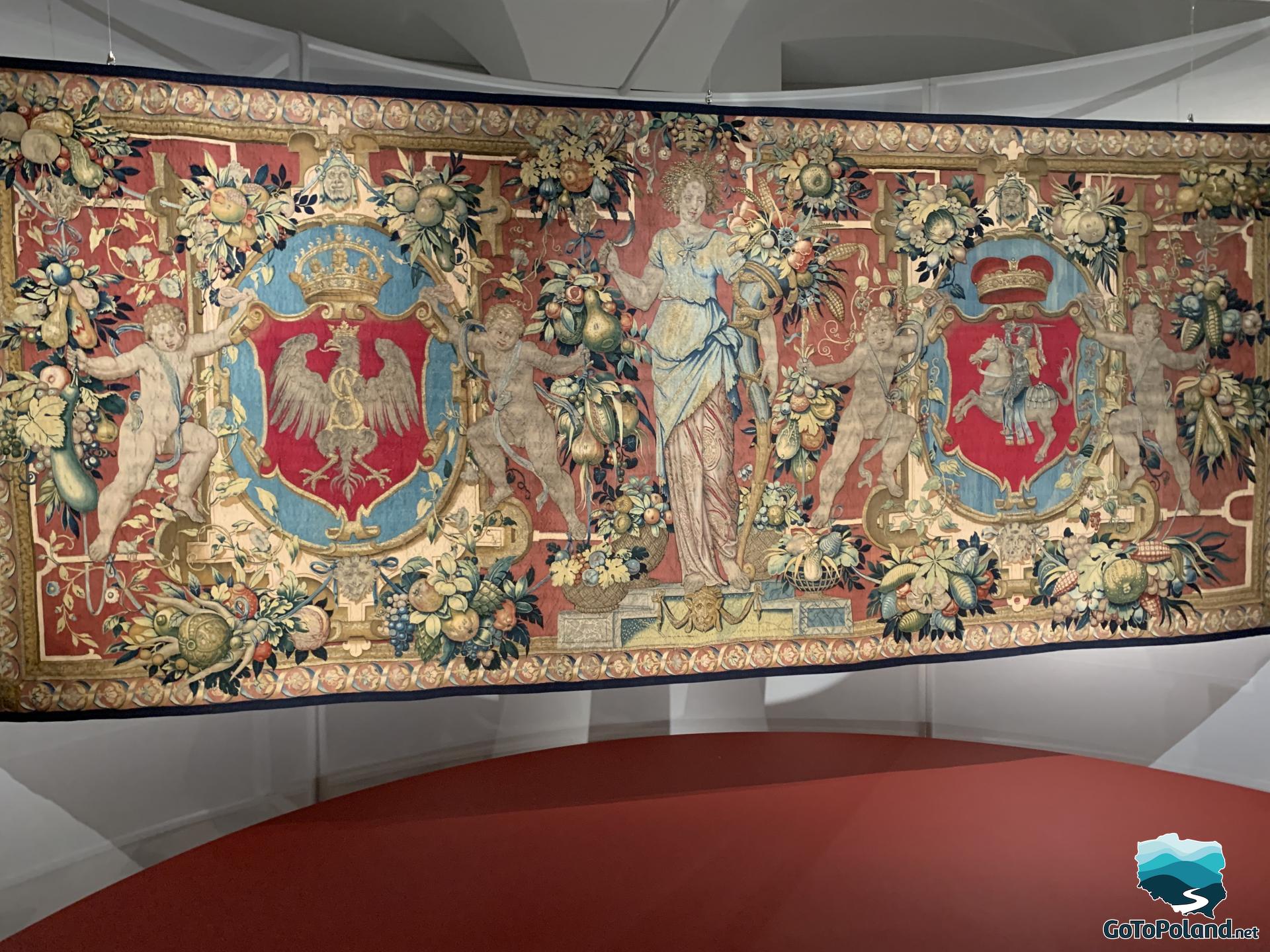
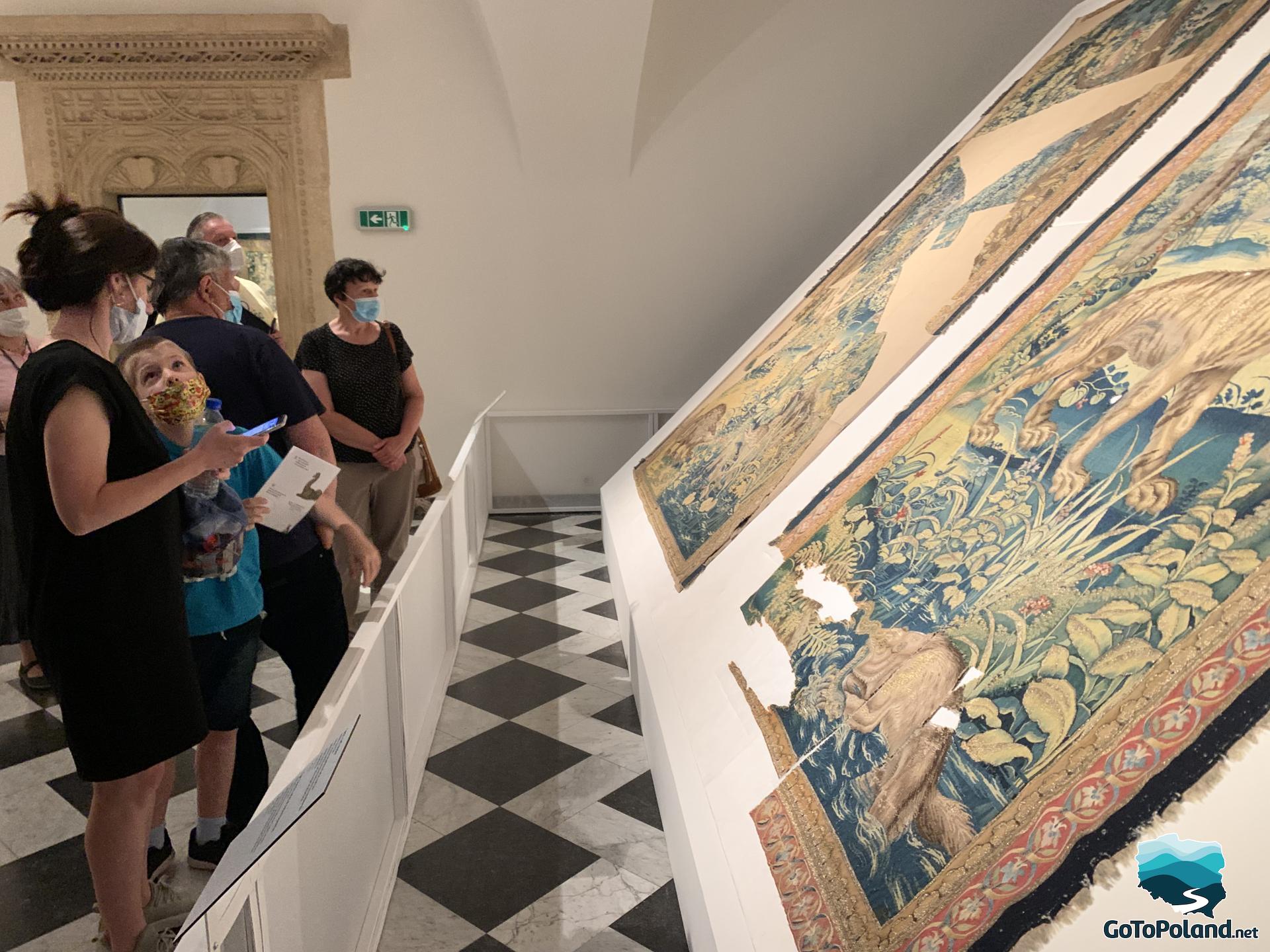
Verdiura is a tapestry with plant-animal or landscape themes in green tones.
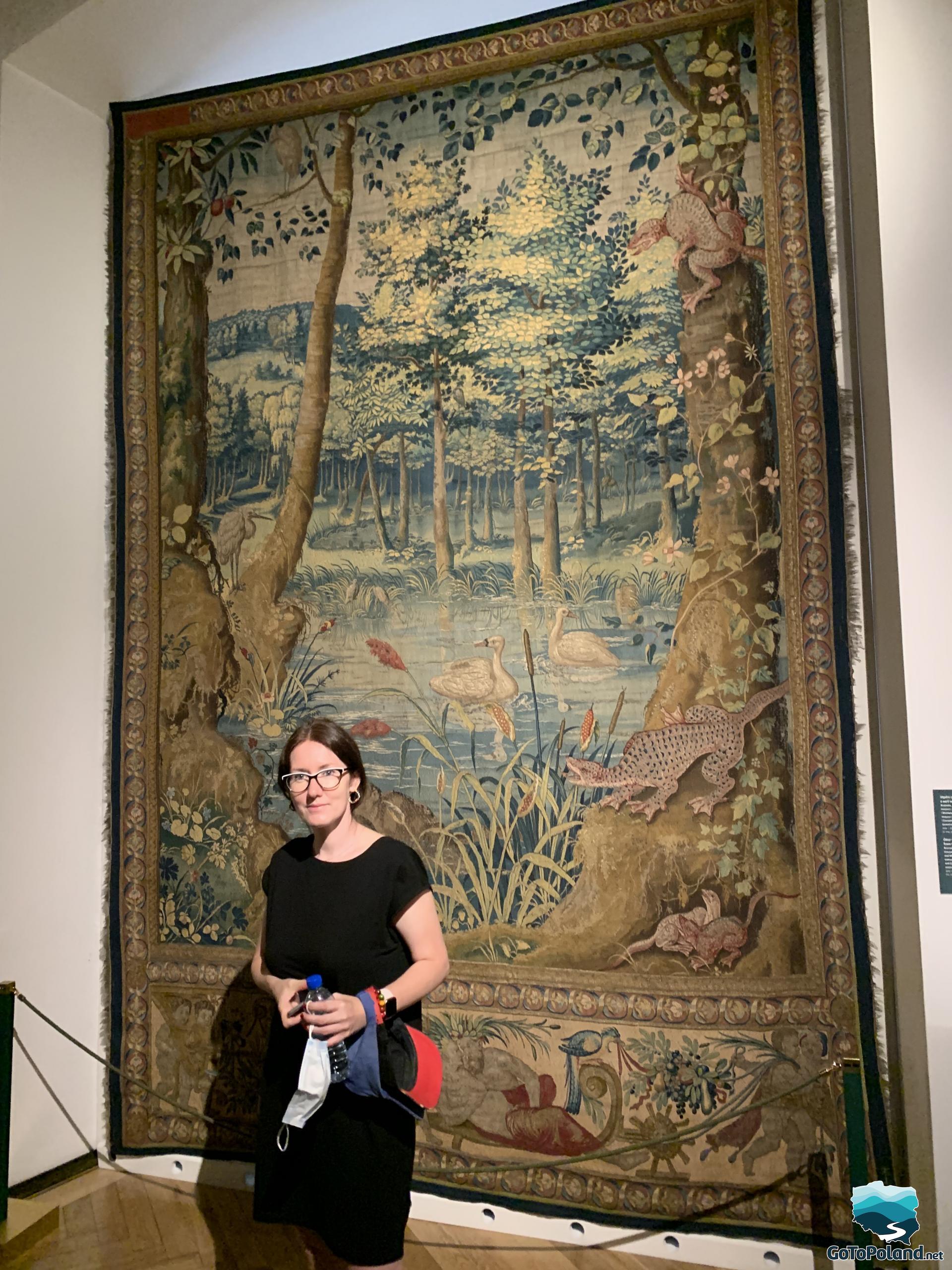

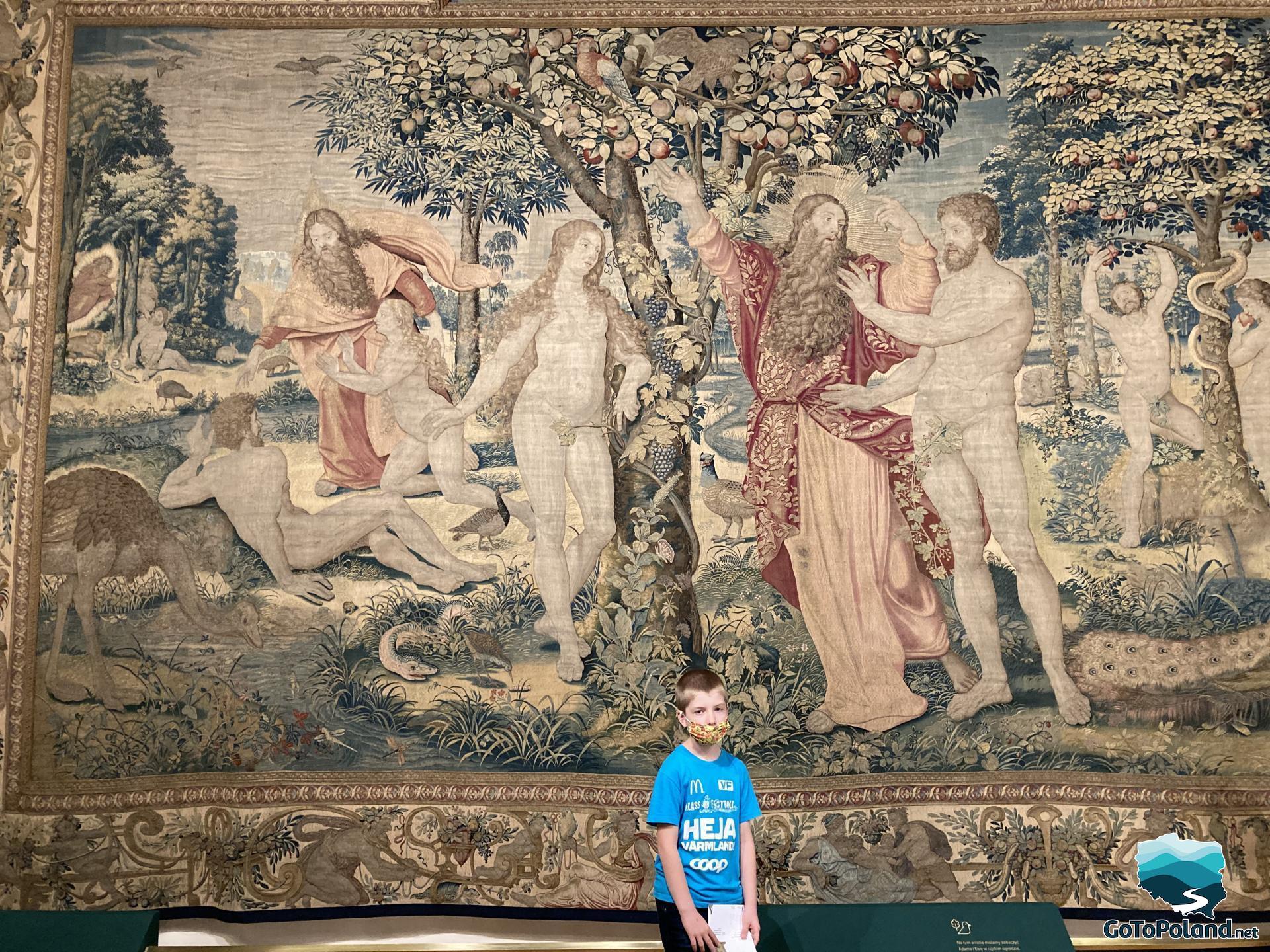
Piotr is coming in to the Bird Room. In the 16th century, the chamber served as a throne and audience room. After the fire of 1595, the Bird Room was rebuilt - a monumental fireplace with the coats of arms of Poland and the Vasa dynasty dates from this period. It is known that at the same time, around 1600, this room was decorated with metal birds hanging from the ceiling, hence the name of this chamber.
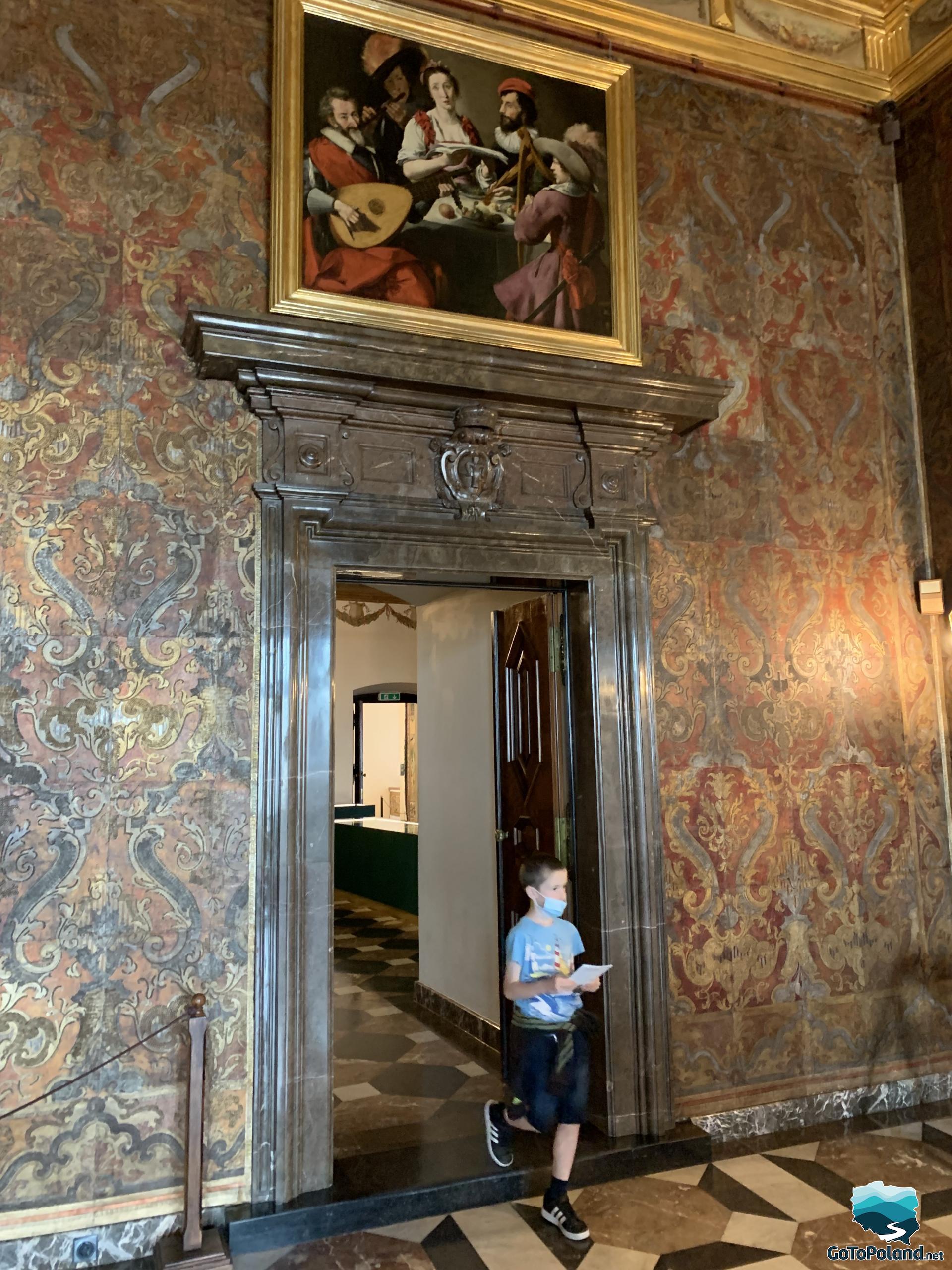
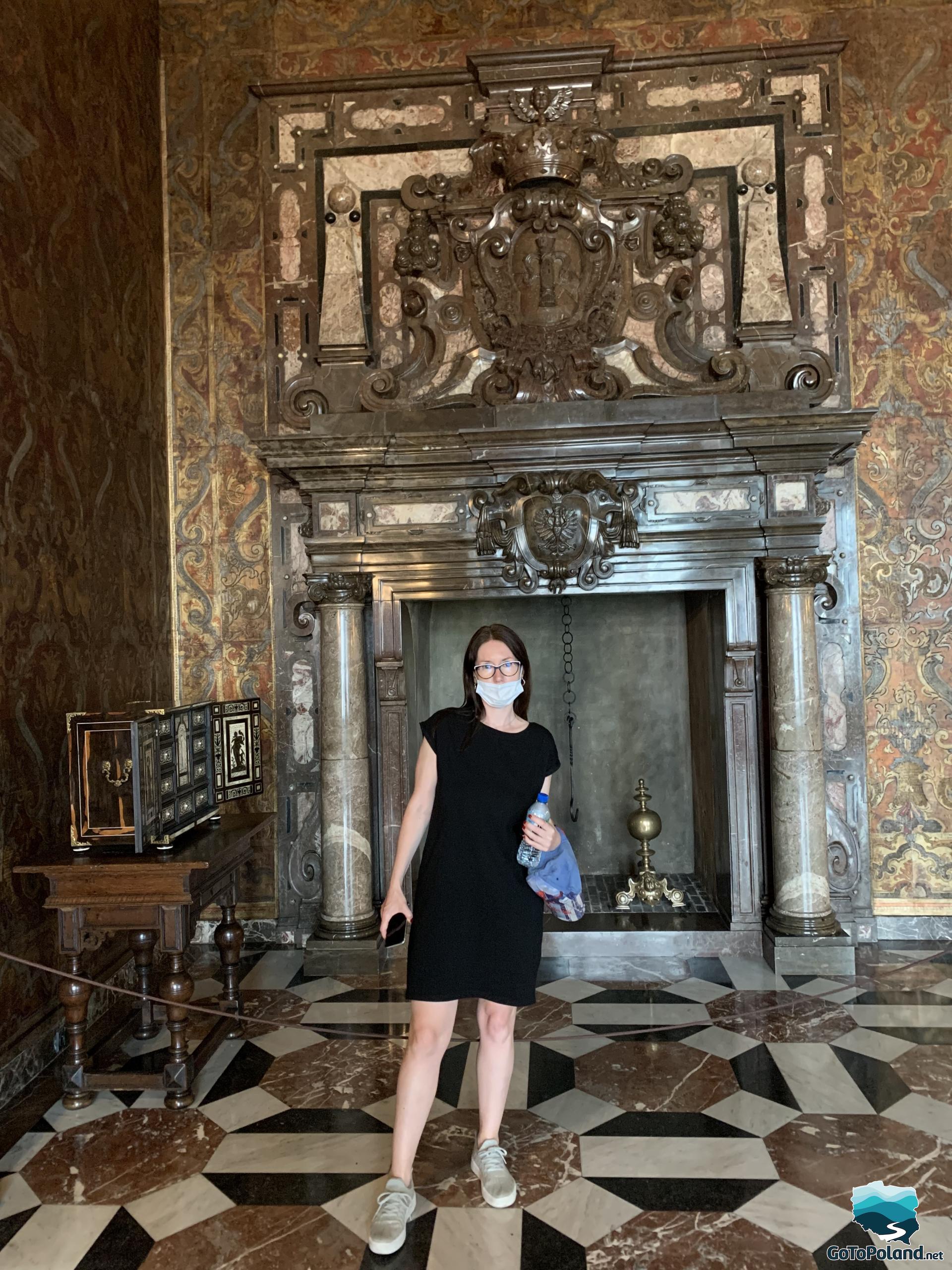
Below is unusual ceiling coming from one of the two largest chambers of the palace, also known as Under the Heads. Seym sessions were held here, and in the 16th century it also served as a throne, audience and court room. In the second half of the 16th century, it served as a dance hall, among others, during the coronation ceremonies of Henry Valois and the wedding of Sigismund III. It owes its name to the unique decoration of the ceiling. There are thirty realistically carved heads (originally there were 193), made around 1540.
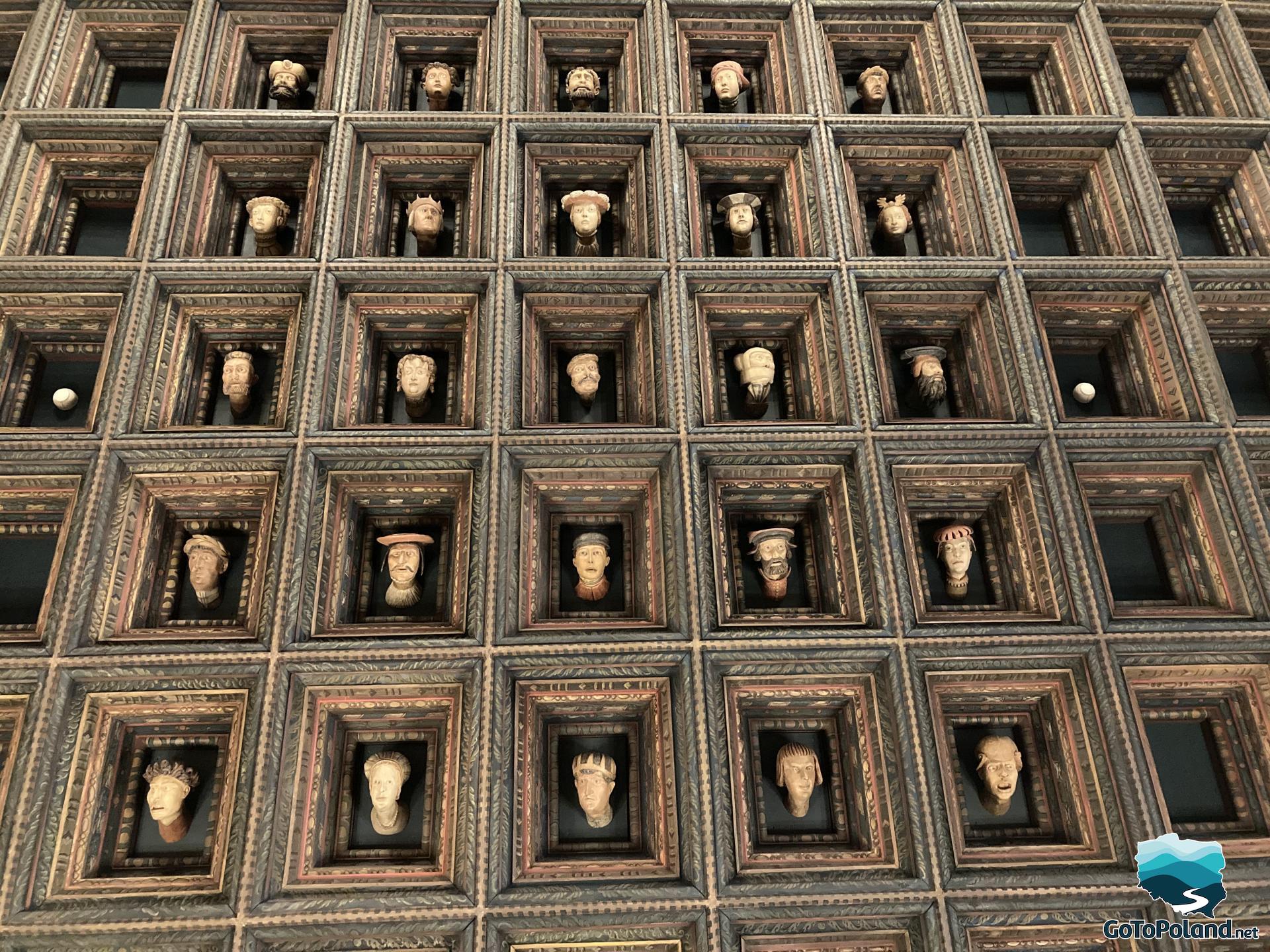


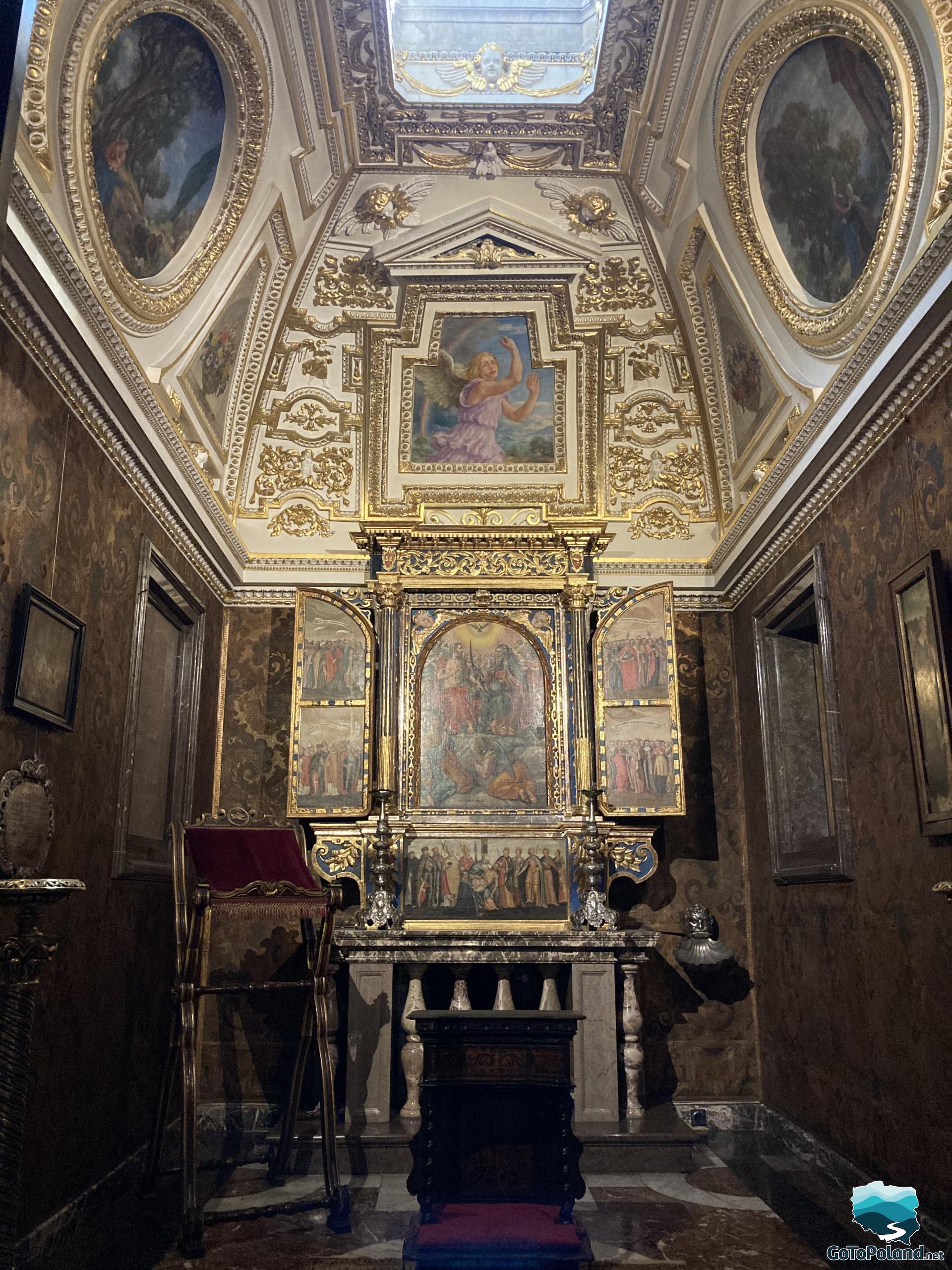
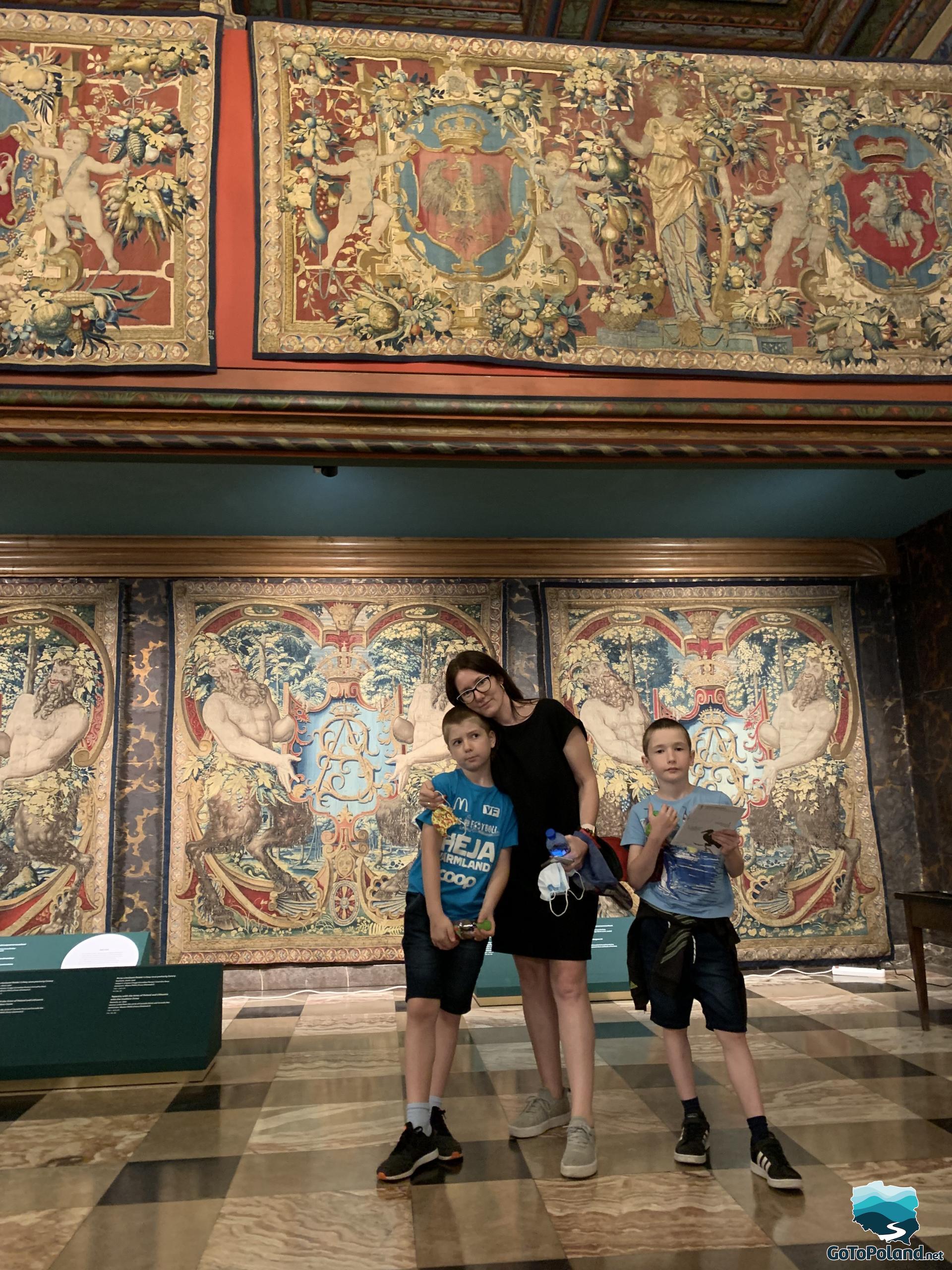


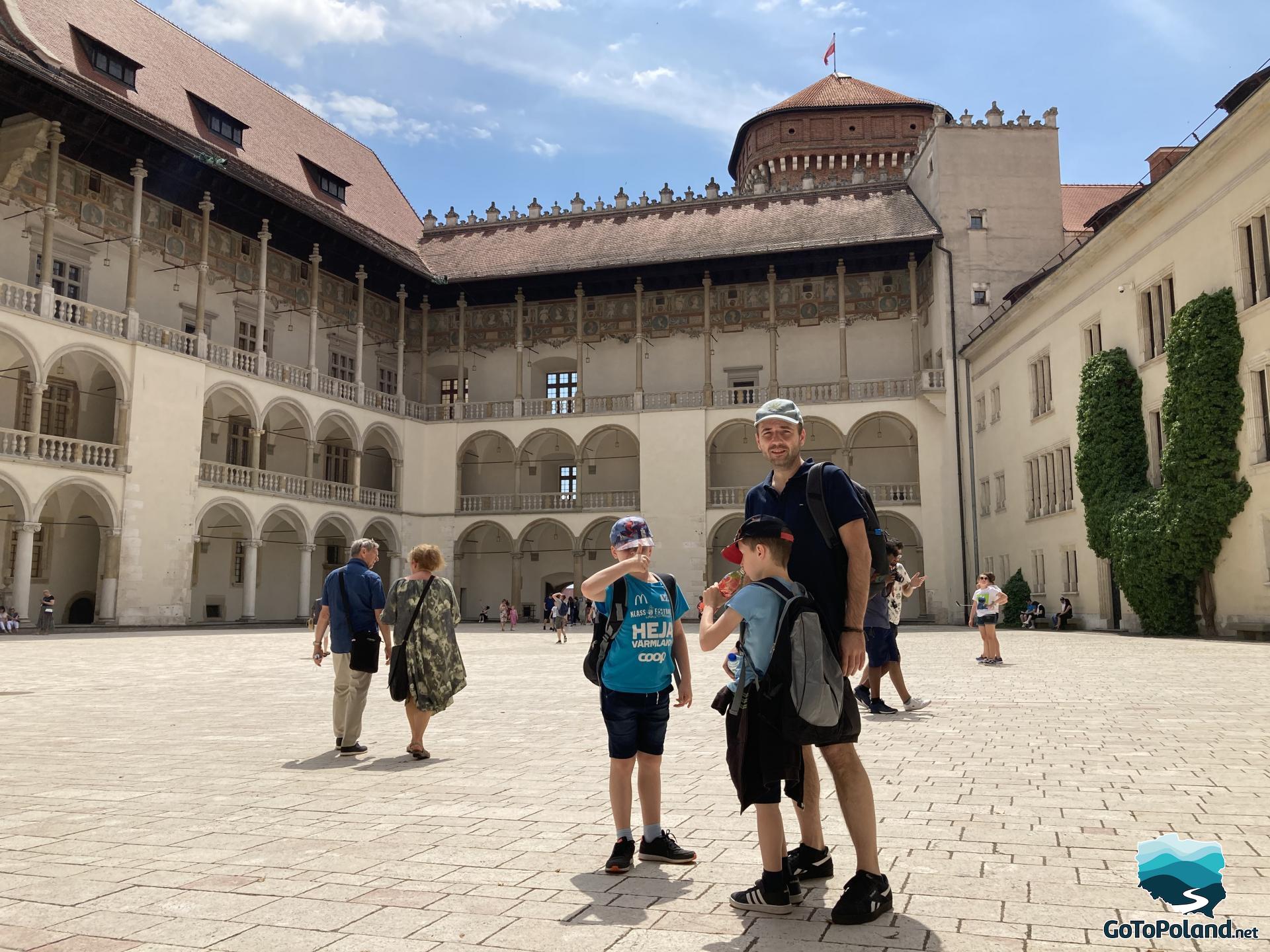
The Wawel Cathedral has been the most important place of worship in Poland for centuries. It was also the most important, richest and most prestigious diocese. In 1320, the coronation of the Polish king Władysław Łokietek took place here, and since then also his successors. It was the burial place of Polish kings and queens, and from the 19th century also national heroes.
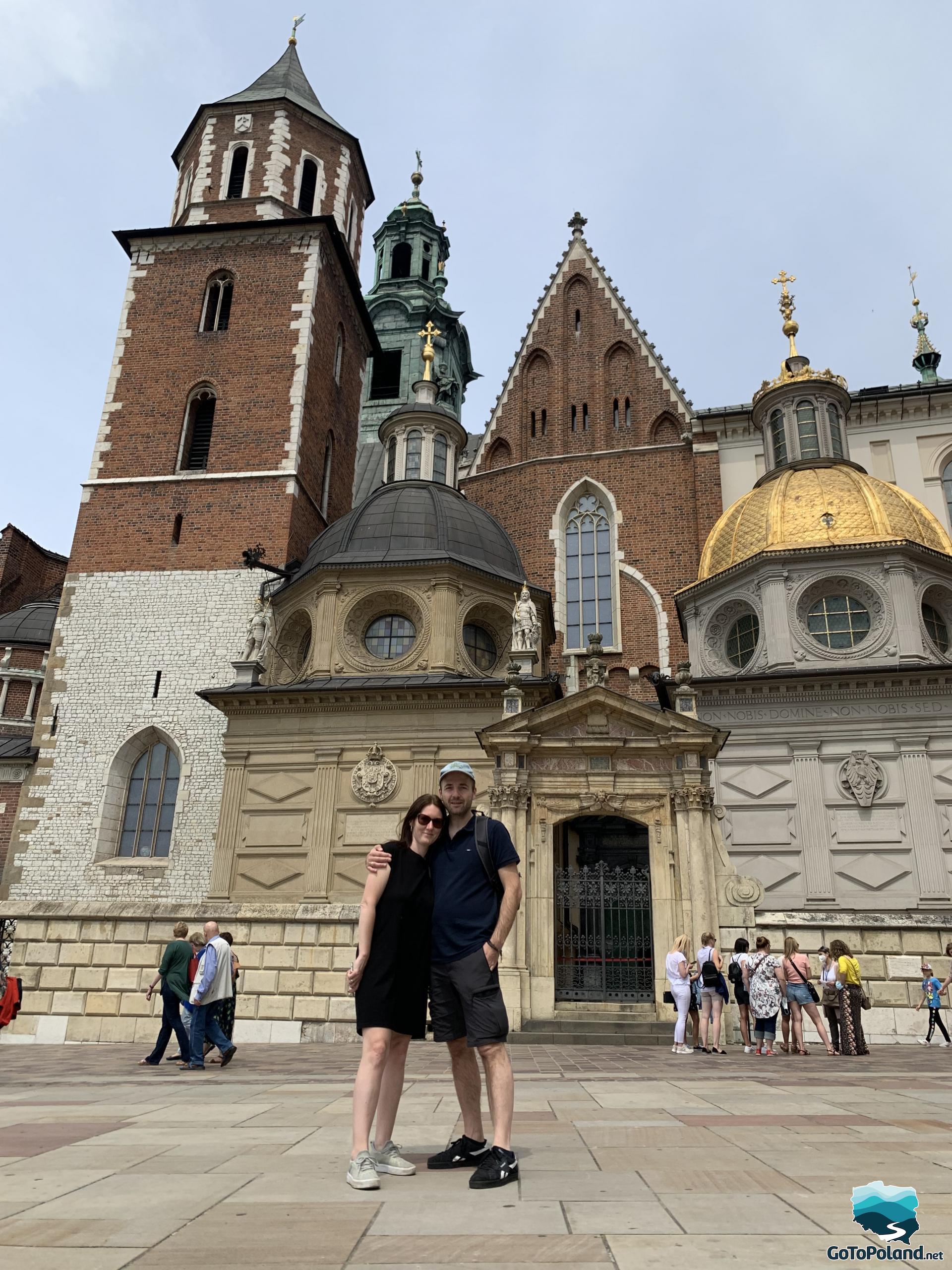
It is an example of Florentine Renaissance architecture outside of Italy. Its dome is covered with gold sheet with a fish scale pattern. Photo by M. Rybczyński
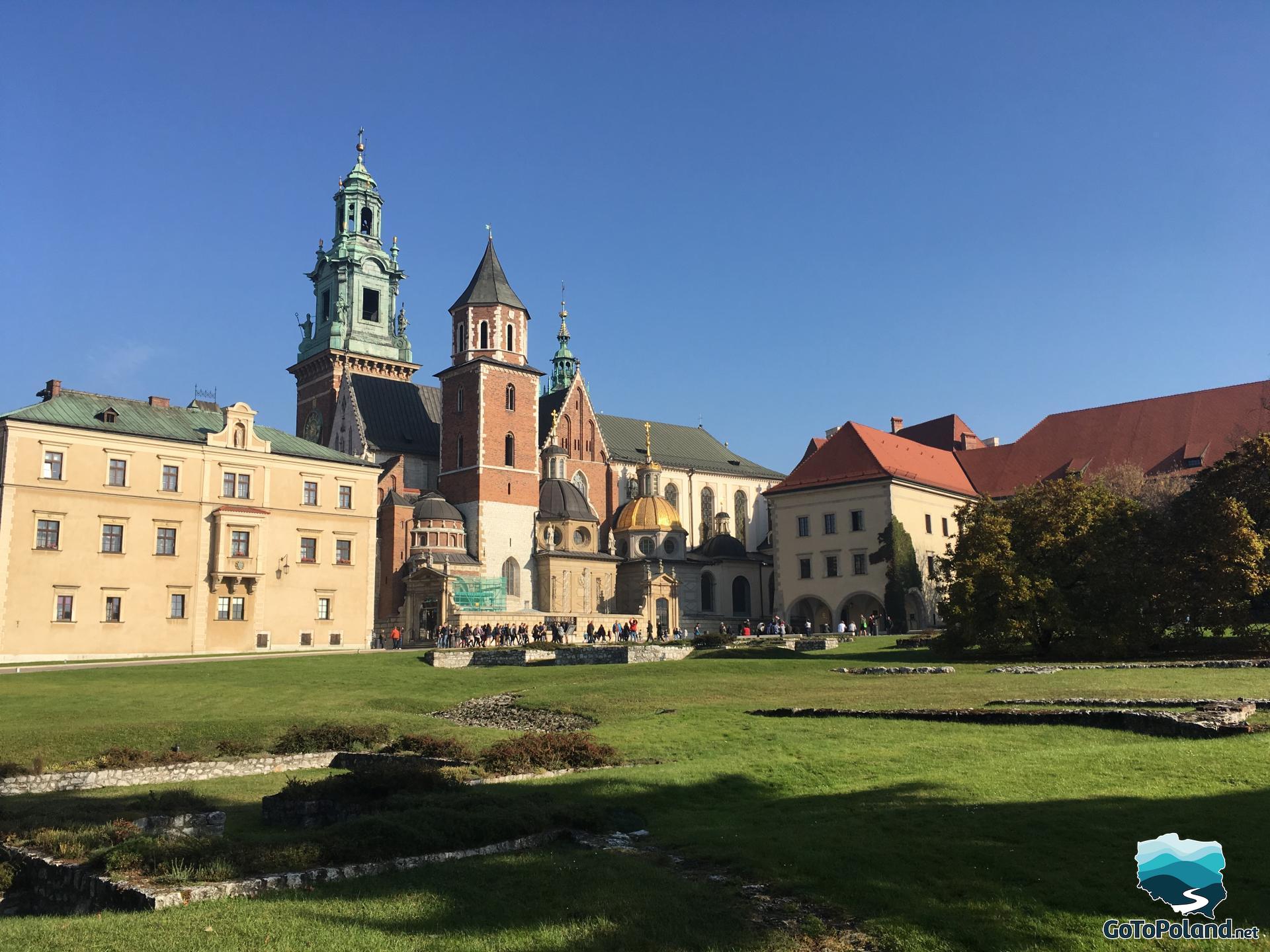


In my opinion, the Zygmunt Bell is the most famous Polish bell. It is located on the Sigismund Tower in the northern part of the Wawel Cathedral. The bell was founded by Sigismund I the Old and was named after him. It was built in 1520. The Zygmunt Bell with a heart, a yoke, bearings and a swing with ropes weighs 12,600 kg and the diameter of the bell is 242 cm. Currently, the Zygmunt Bell is operated manually by a team of 8-12 people. The privilege of ringing this bell belongs to a closed group of about 35 bell ringers.
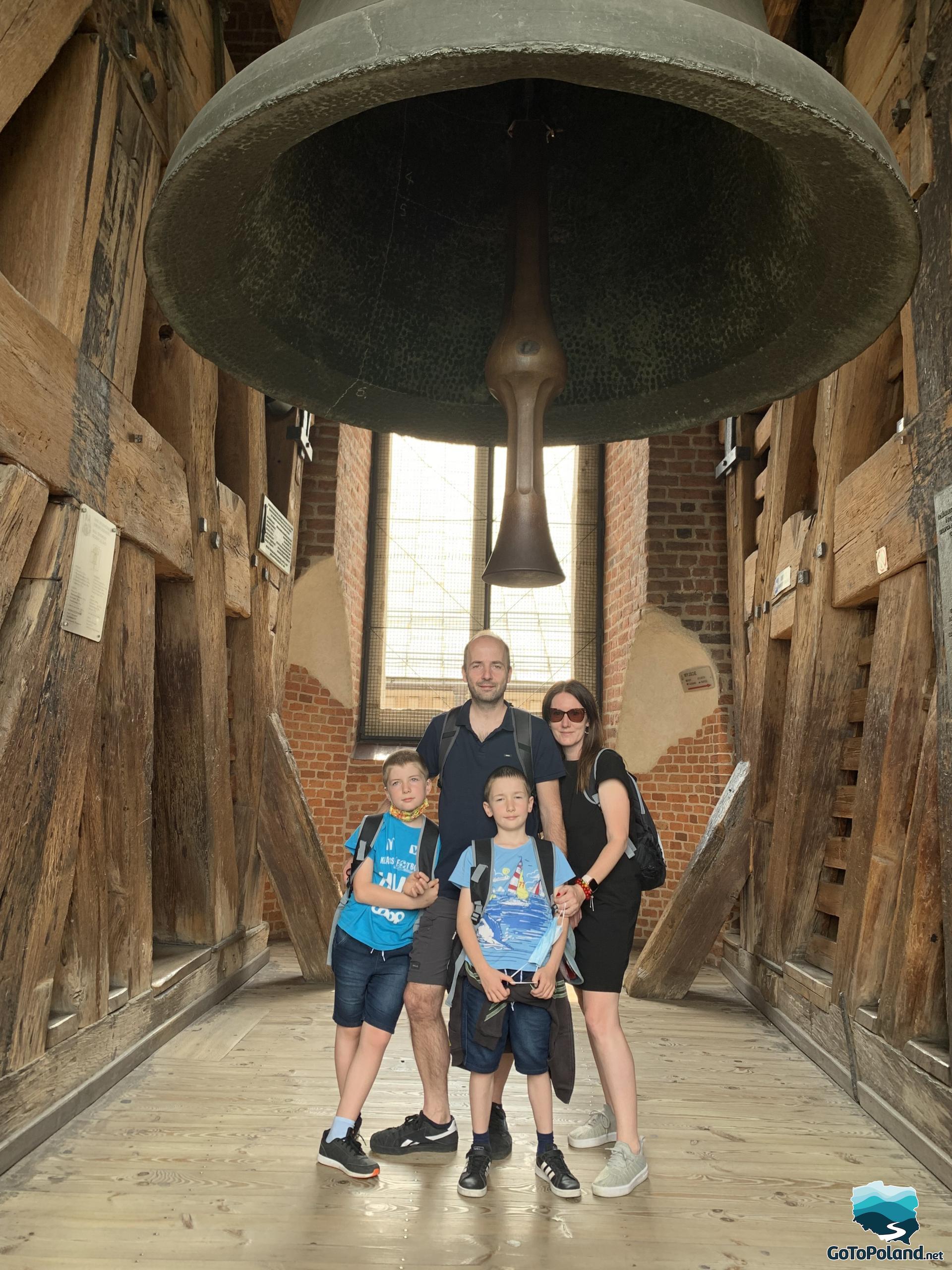
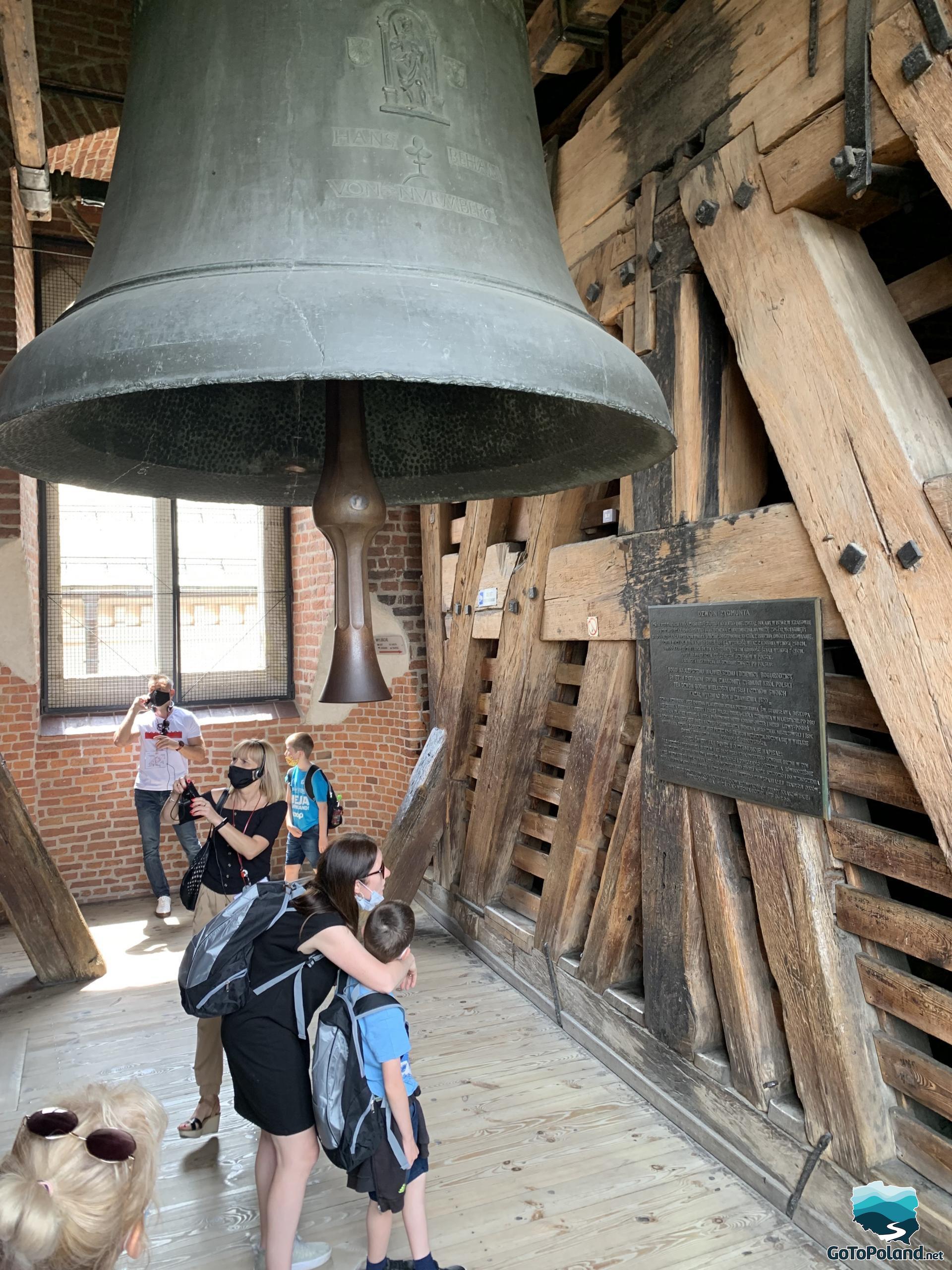 |  |
There is a legend that says that the first settlers in Krakow were haunted by the terrible Wawel Dragon. The dragon terrorized people, ate their supplies and virgins. He lived in a cave under a hill near the banks of the Vistula River. However, thanks to the courage of Prince Krak, he was deceived and killed, and the people were finally free. Krakow was named in his honor. The Dragon's Den is now open to the public, it is 82 m long, and at its exit there is a statue of a mythical Dragon that breathes fire every 5 minutes.
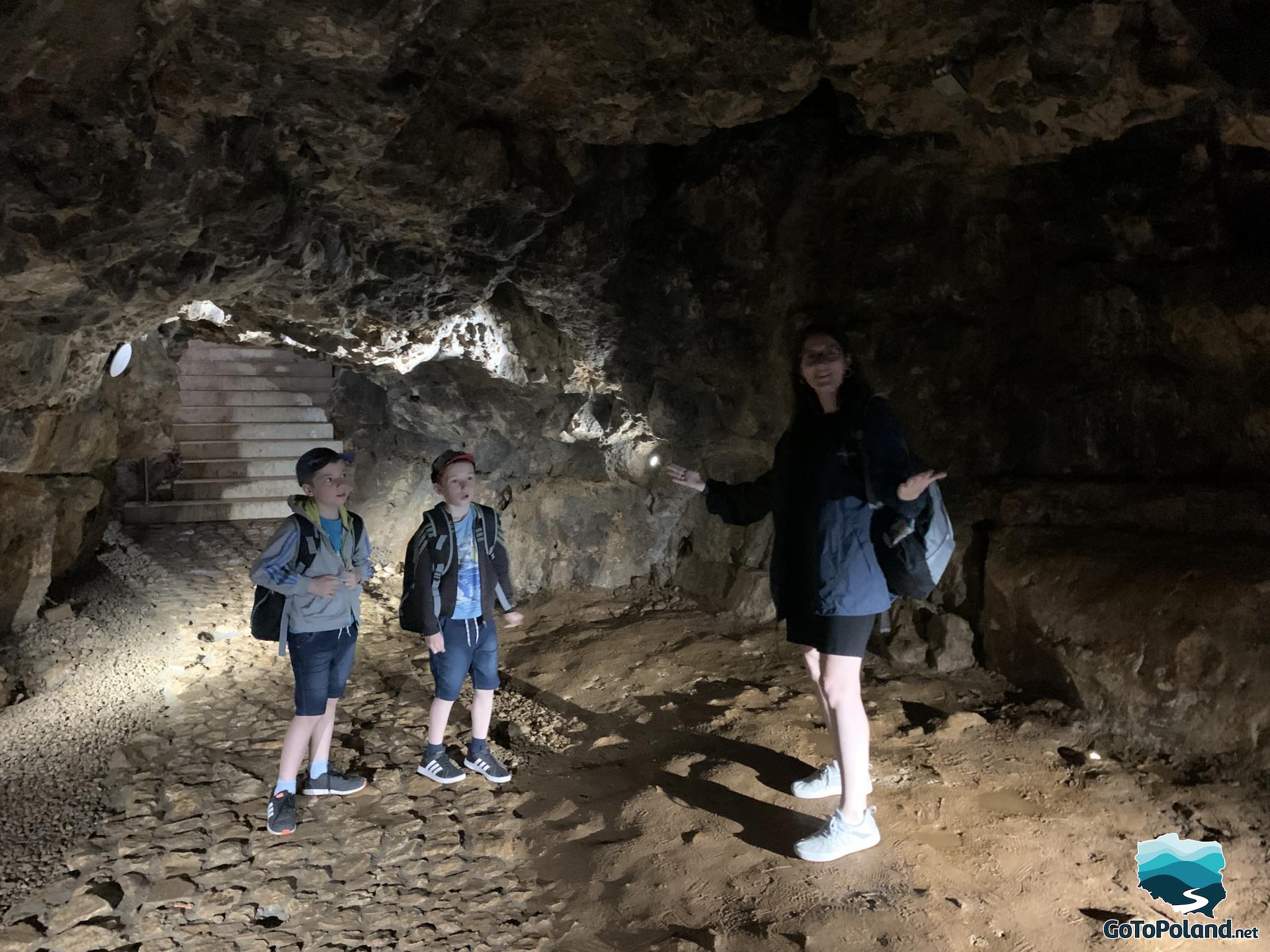
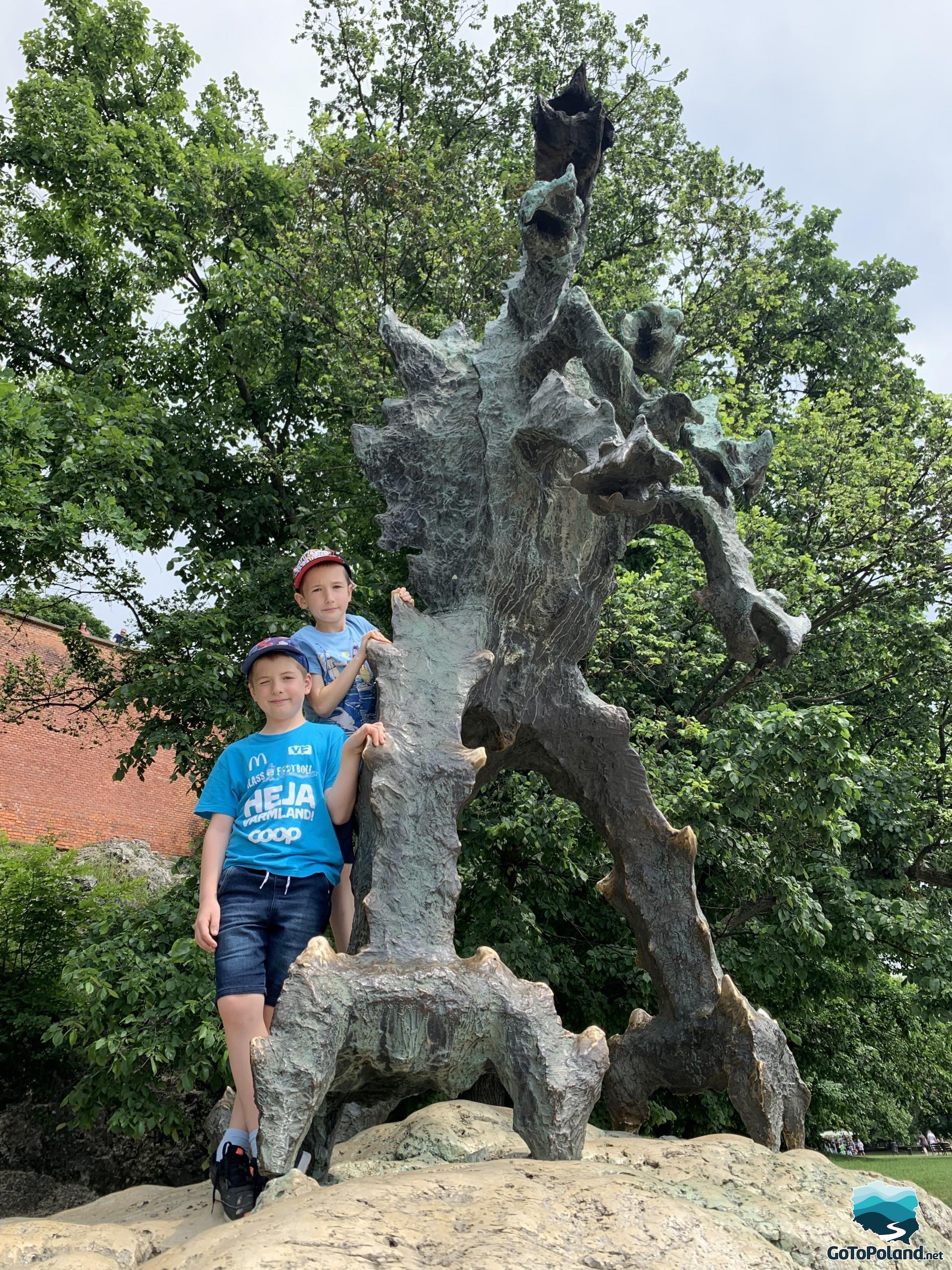
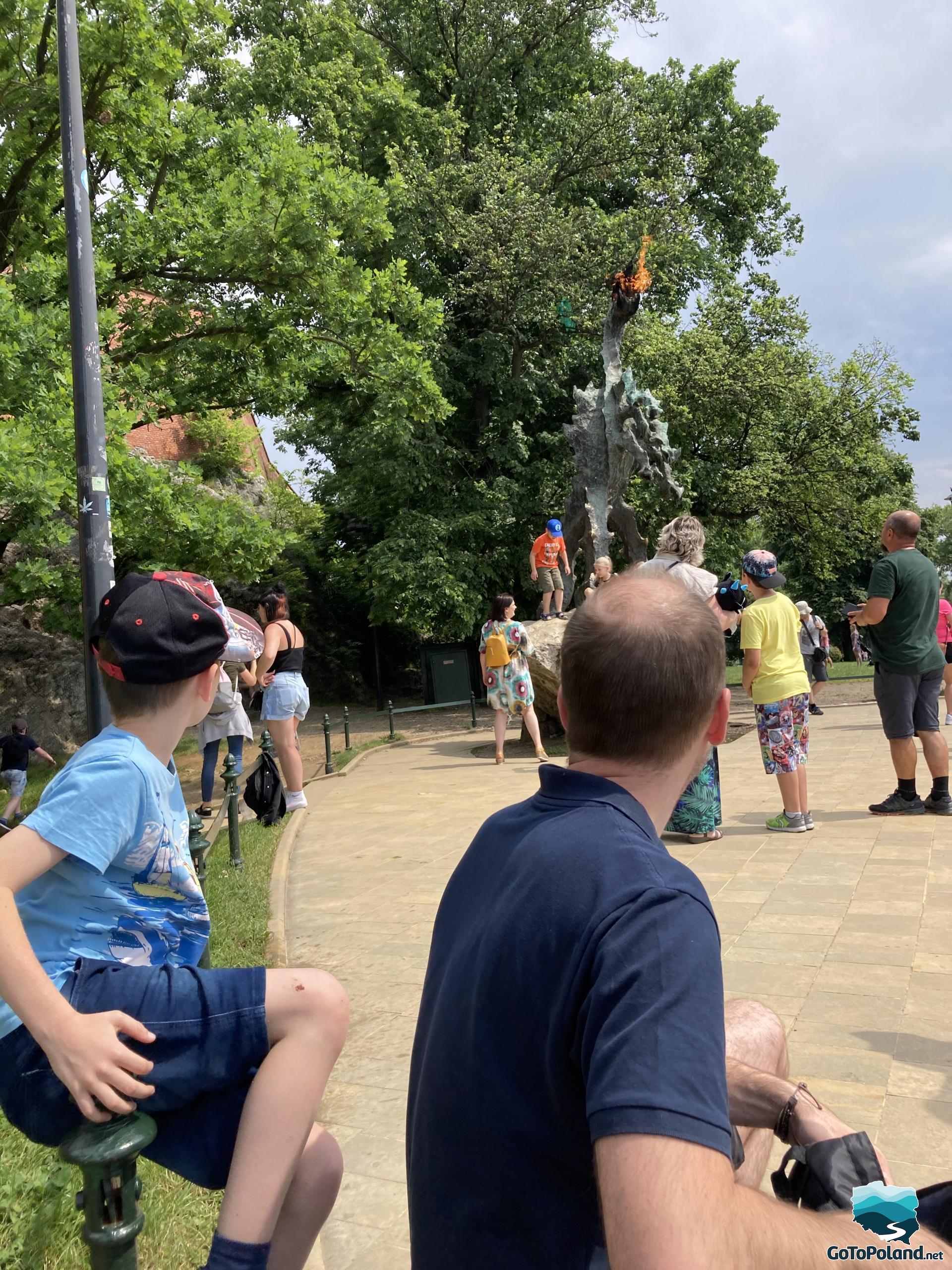
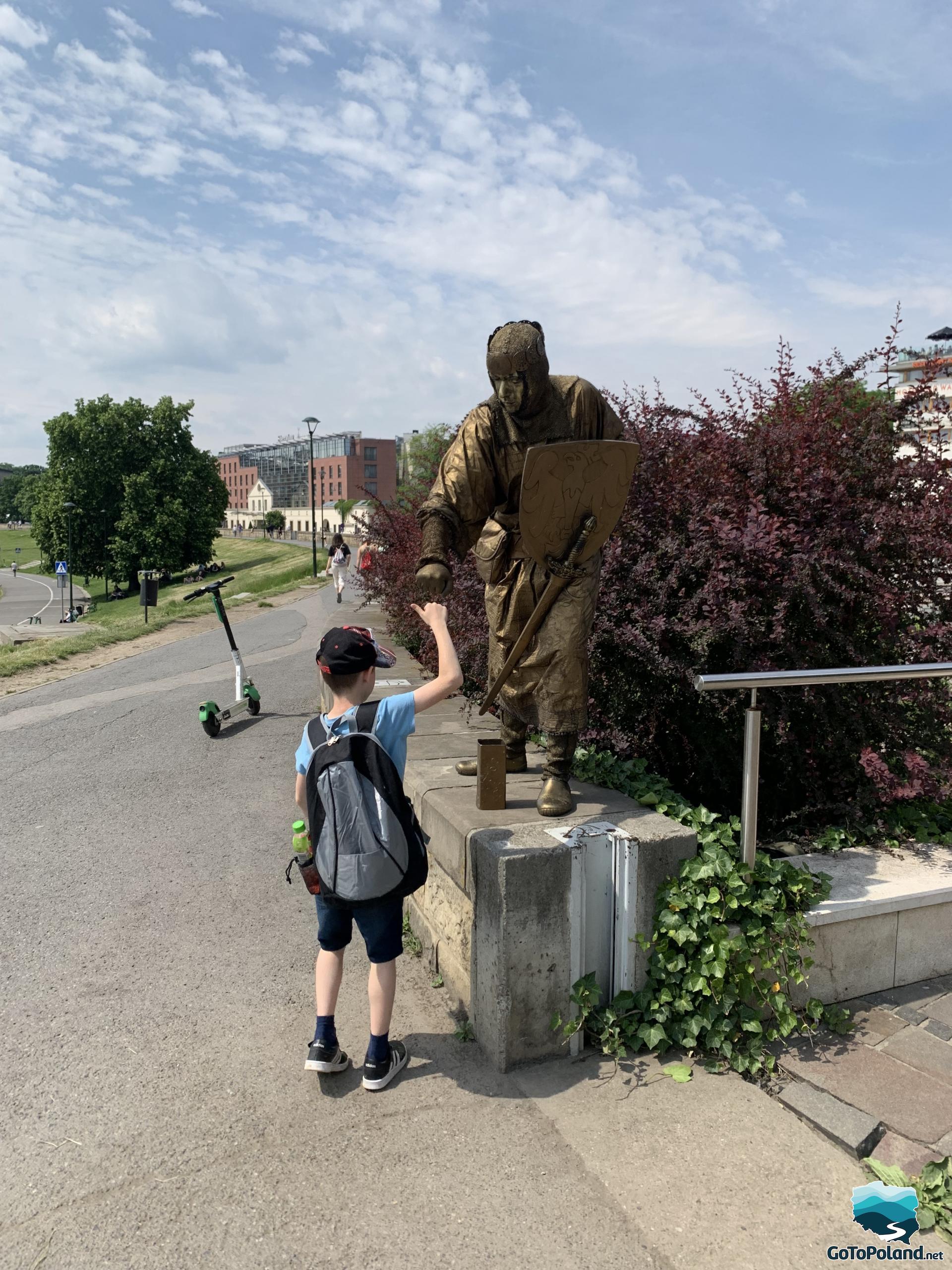
How to get to the Wawel Hill in Kraków

